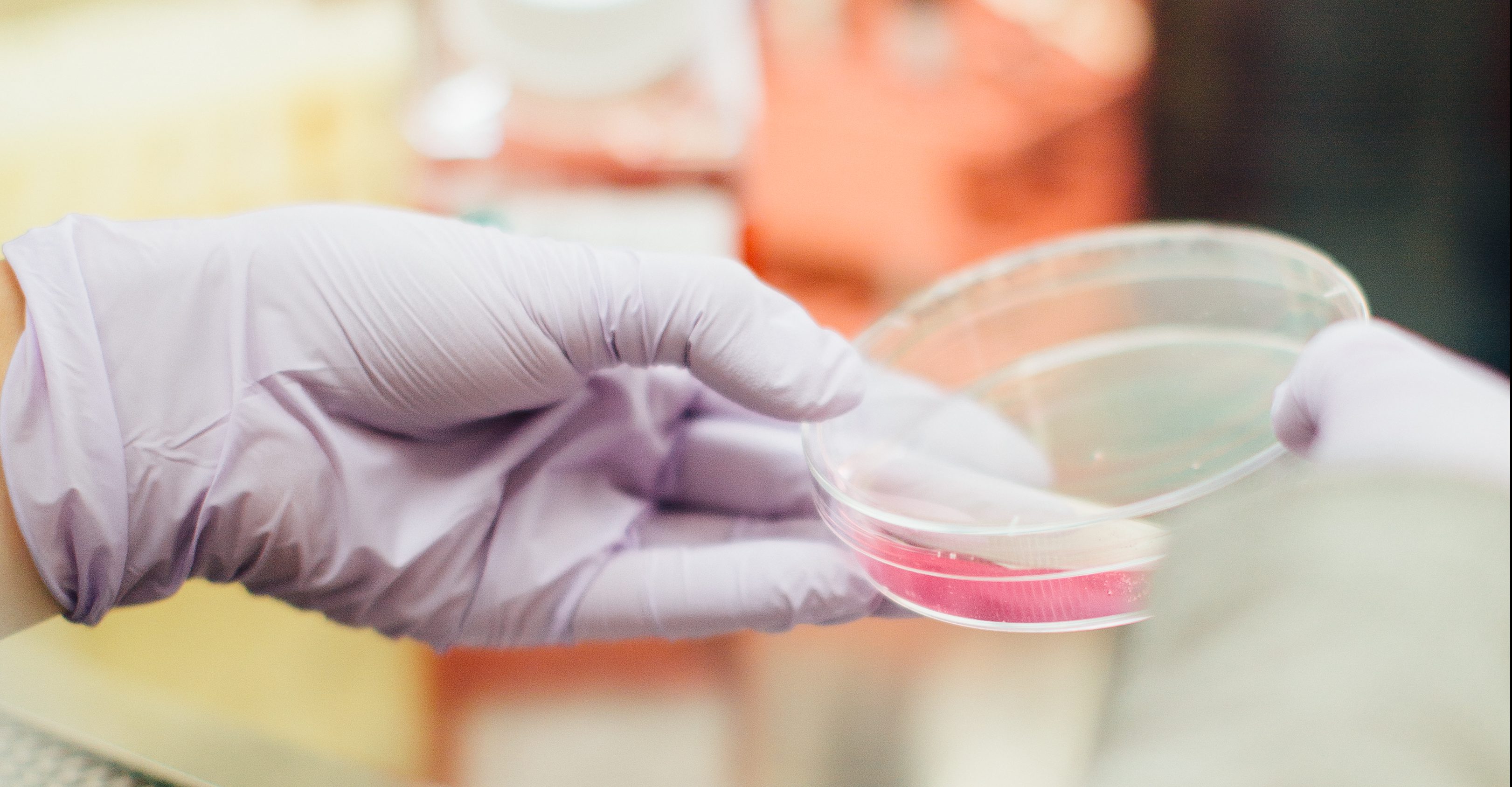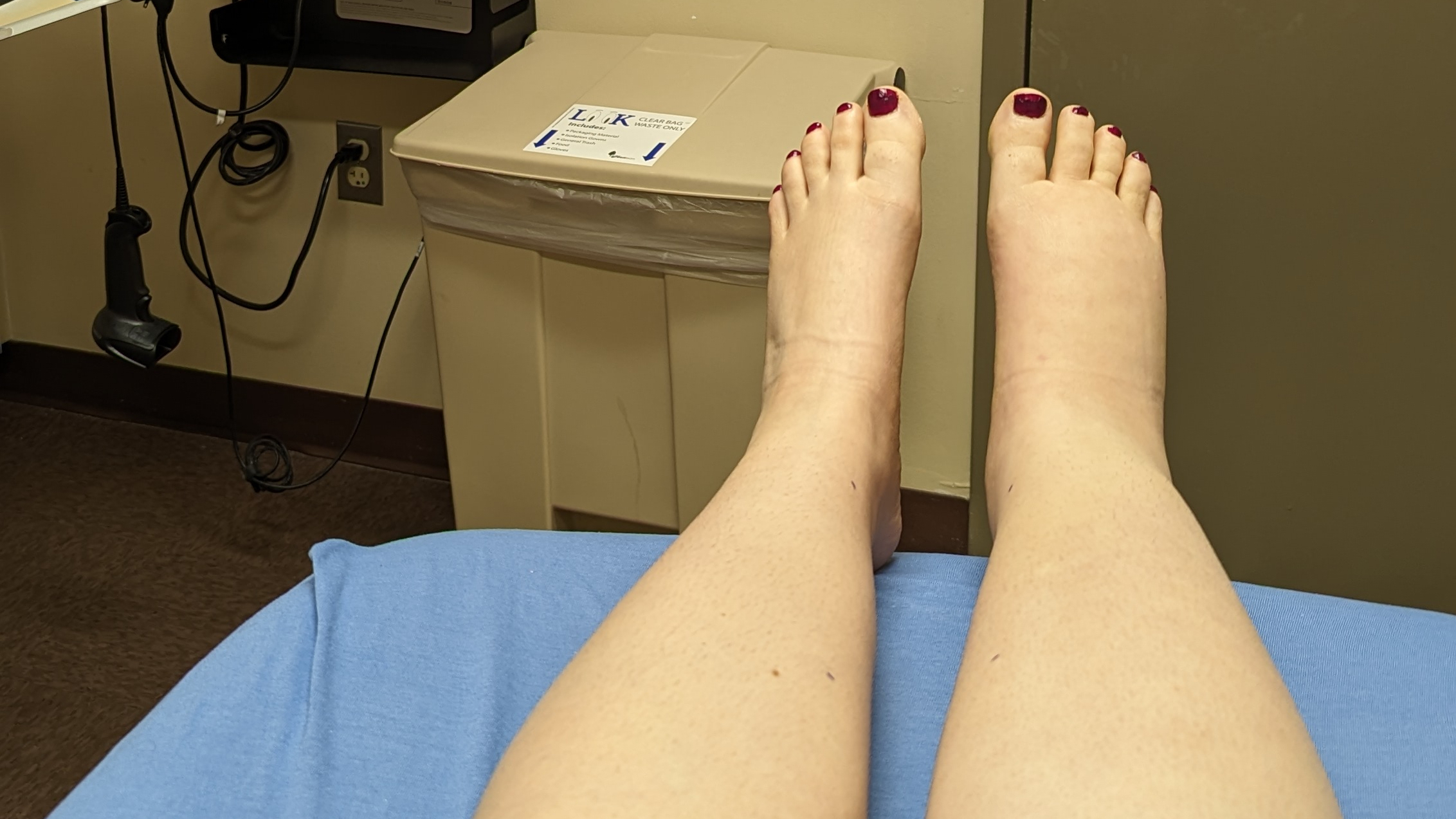There’s always something going on in the world of lymphedema and lymphatic research! It can be a lot to keep up with, so here’s a digest of some of the latest headlines from the past few weeks, carefully curated to keep you in the lymphie loop.

“Worm infection reveals cross-talk in the lymph nodes”
Lymphatic vessels grow during the embryonic stage of human development, but they can also form in adults during wound healing, cancer, and inflammation. The formation of lymphatic vessels from pre-existing ones is called “lymphangiogenesis.” The exact mechanism is yet unknown, although new research may provide insight into the process.
While studying worm infections, scientists at the École Polytechnique Fédérale de Lausanne (EPFL) in Switzerland discovered how lymphatic vessels grow within lymph nodes, and have gained a better understanding of how lymphangiogenesis regulates immune responses during inflammation and infections. Their study demonstrated a previously unknown dimension of lymphangiogenesis involving cross-talk between cells of the mesenteric lymph node; they also identified the molecules that kick-start the growth of lymphatic vessels.
“We uncovered a multidirectional communication between B lymphocytes, fibroblasts, and lymphatic endothelial cells inside the lymph nodes,” explained Nicola Harris, whose lab at EPFL conducted the study. “This three-way communication triggers lymphangiogenesis following intestinal infection with the [Heligmosomoides polygyrus bakeri] worm.”
According to the article, these findings have major implications for the understanding and treatment of immune diseases and perhaps some forms of cancer, too.
READ THE FULL ARTICLE AT MEDICAL XPRESS.
“Head and Neck Lymphedema Is More than a Cosmetic Problem”
Jan Lewin, PhD, section chief of Speech Pathology at the University of Texas MD Anderson Cancer Center, discusses head and neck lymphedema in this video clip:
READ THE FEATURE AT ONCOLOGY NURSING NEWS.
“A pair of medical magnets shows promise as a new tool for creating an anastomosis”
Anastomosis is a surgical connection between tubular anatomic structures, such as blood or lymphatic vessels. The current standard for creating anastomosis is by suturing two pieces of tissue together using needle and thread, or by using surgical staples. However, an experimental device offers a new method: using a pair of magnets.
So far, magnetic compression anastomosis shows promise: in its first proof-of-concept clinical trial in humans, there were no patient complications related to the use of the device or the anastomosis it created. It’s still in its early stages of development, but the device seems to offer a safe and simple alternative to the current standard of sutures and staples.
This is relevant to us lymphies as lymphaticovenous anastomosis (LVA) is one of the techniques used in the surgical treatment of lymphedema.
READ THE FULL ARTICLE AT MEDICAL XPRESS.
“Five Ways 3D Printing is Changing Medicine”
Advancements in 3D printing technology have the potential to transform medicine by allowing for patient-specific surgical models, custom-made prosthetics, personalized on-demand medicines – even human tissue! Scientists are already using 3D printing to build “organoids” from stem cells, which mimic organs at a small scale and can be used for research.
Printing a full human organ is currently impossible, but bioprinting and engineering human tissue structures that perform the basic functions of an organ could be a reality in the near future.
Another fascinating application of 3D printing is its potential for customized production of medicines and devices: all one would need to do is download digital files containing the design. This would make medicines and devices more equitably available across the world, given that the hospital has access to the printing technology and raw materials needed.
The article concludes with this reflection from Jason Chuen, Director of Vascular Surgery at Austin Health and a Clinical Fellow at the University of Melbourne: “It is a revolutionary technology that will make medical care better and faster, and more personalized. But what we need is for more medical professionals to start exploring and experimenting with what this new technology can do, because many things that we thought of as impossible are now becoming possible. I think we are moving towards a world where if you can imagine it, you will be able to print it – so we need to start imagining.”
As a patient I find this incredibly exciting, and I’m curious to see what applications 3D printing could have in the treatment of lymphedema and lymphatic diseases worldwide!
READ THE FULL ARTICLE FROM UNIVERSITY OF MELBOURNE.
Lymphatic filariasis news
Lymphatic filariasis (commonly known as elephantiasis) is a neglected tropical disease caused by parasitic infection to the lymphatic system. Of the over 120 million people infected, 40 million are incapacitated or disfigured by the disease; it is the leading cause of lymphedema worldwide.
“Tonga remains vigilant despite elimination of elephantiasis”
At its height, lymphatic filariasis affected up to 50% of the Tongan population. Despite being eradicated from the kingdom earlier this summer, the risk of lymphatic filariasis still exists, and the people of Tonga must remain proactive.
“It’s important for us to continue to be vigilant and also look at our control programs to make sure that it’s in place and all the necessary measures that need to be implemented to maintain that elimination phase,” said Dr. Reynold ‘Ofanoa, Chief Medical Officer for Tonga’s department of public health.
READ THE FULL ARTICLE AT RADIO NEW ZEALAND.
“India Is Set To Fail Its Target Of Eradicating Filariasis By 2020”
India accounts for 40% of the world’s lymphatic filariasis burden and has set the ambitious target of eradicating the disease by 2020 – a goal that currently seems unlikely, despite a mass drug administration program to deliver preventative medications to high-risk communities that’s been in effect since 2004.
The program has proven effective in other countries, successfully eradicating lymphatic filariasis from Japan, Taiwan, South Korea, and Solomon Islands, and significantly reducing transmission in China. The program’s objectives have been difficult to achieve in India, however, likely due to diagnostic limitations and various administrative and logistical challenges.
READ THE FULL ARTICLE AT HUFFPOST INDIA.
“Whatever Happened To … Those Farmers Who Needed Shoes?”
In April, NPR published a story on Ugandan farmers suffering from a disease called podoconiosis, a form of elephantiasis caused by years of walking barefoot on volcanic soil.
The article explains how scientists aren’t exactly sure how the volcanic soil triggers podoconiosis, although one hypothesis is that a mineral in the soil (such as silica) creates tiny slices in the skin and makes its way into the lymphatic system. The immune system attacks the mineral, which creates a massive inflammatory response that eventually damages lymph vessels.
Millions of shoes have been distributed to help prevent podoconiosis and other diseases, but shoes aren’t always enough: it’s not a sustainable approach (shoes wear out, kids grow out of them), nor are the at-risk populations likely to begin wearing shoes simply because a foreigner tells them to.
The most effective preventative measures are educative programs and initiatives that teach the community about podoconiosis and proper footcare. Washing the feet with soap and water each day helps prevent the disease and ameliorate its symptoms.






Leave a Reply